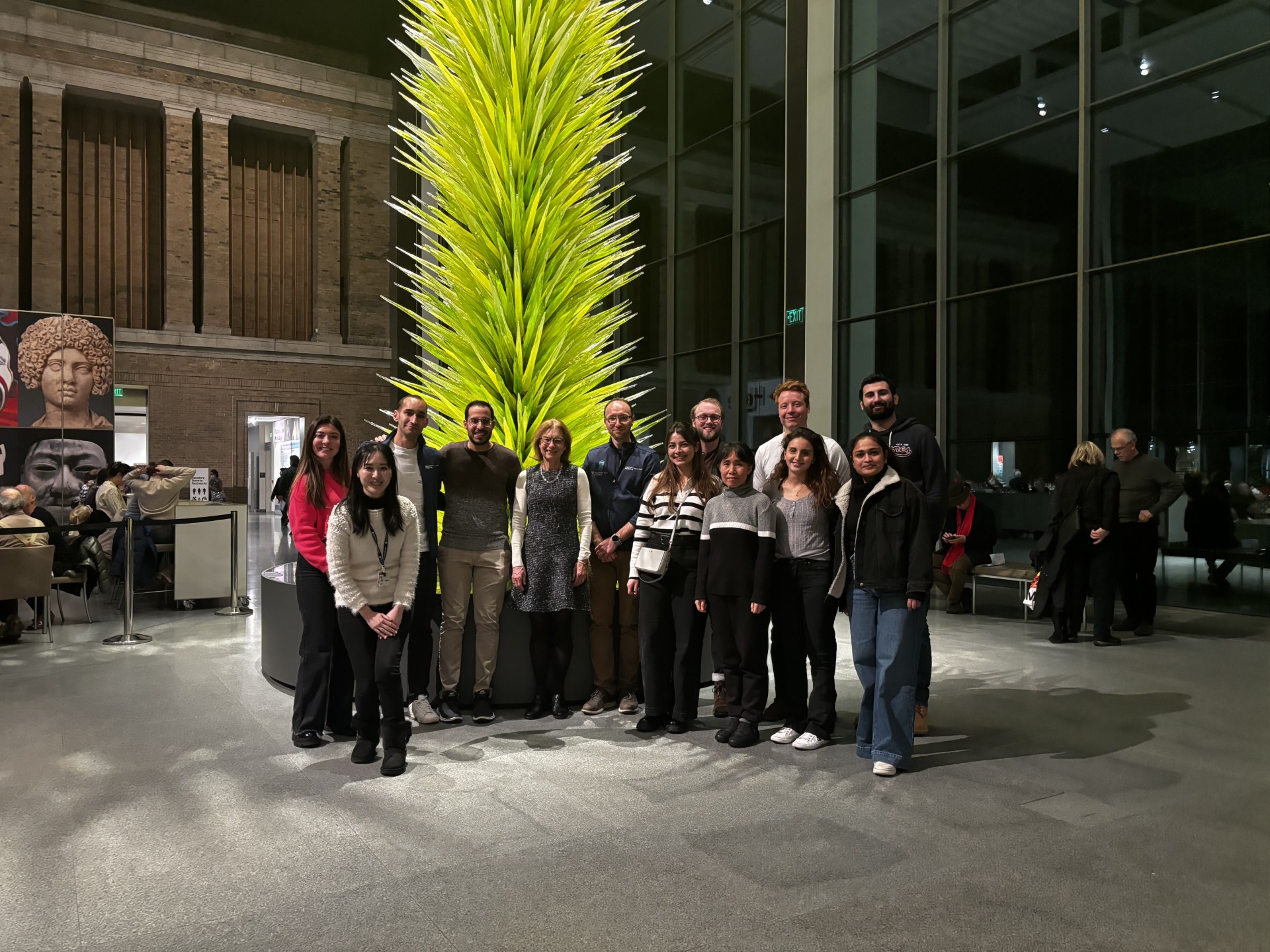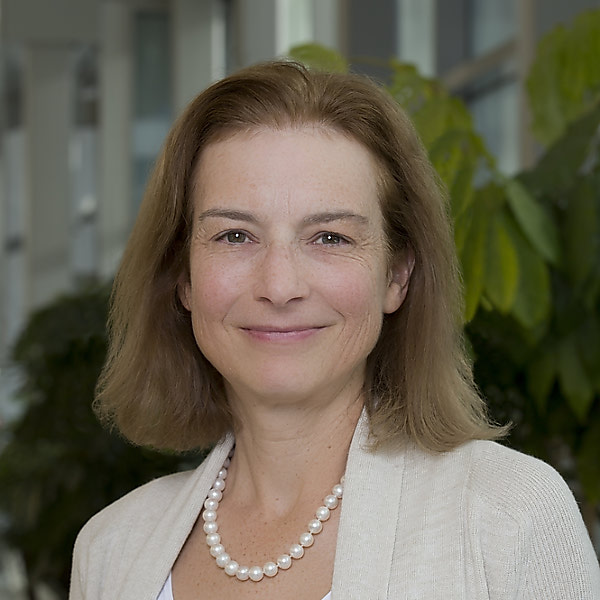The Henske Lab is focused on two tumor suppressor gene diseases associated with renal tumors and cystic lung disease: tuberous sclerosis complex (TSC) and Birt-Hogg-Dube (BHD) syndrome. We focus on the pulmonary and renal manifestations of TSC and BHD. These include pulmonary lymphangioleiomyomatosis (LAM), pulmonary cysts, renal angiomyolipomas, and chromophobe renal cell carcinoma (RCC). We also study the sporadic forms of LAM and chromophobe RCC.
The Henske group is best known for discovering that LAM is caused by somatic TSC2 mutations. Based on our genetic data, we proposed the hypothesis that LAM cells metastasize despite the fact that they are histologically benign, or the “benign metastasis” model. Recently, it has been proposed that LAM be reclassified as a low-grade neoplasm. Remarkably, LAM affects almost exclusively women.
In addition to studying human tumor specimens from patients with these diseases, we use cultured cells, mice, and Schizosaccharomyces pombe as models. Our work has led to basic discoveries related to regulation of the mTOR signaling pathway by the cell cycle and by estrogen and regulation of amino acid homeostasis by the TSC and BHD homologs in yeast.
Our research program is by its nature interdisciplinary, bringing together different areas of medicine and biology. The mechanisms we study have relevance to cell biology, genetics, pathology, and developmental biology. Our fundamental mission is to improve the health of women with LAM. To accomplish this goal, we are actively bridging the gaps between basic science discoveries and clinical care. As one example of this bench-to-bedside translation in LAM, our discovery of TSC2 mutations as a cause of sporadic LAM led to a multicenter clinical trial demonstrating the efficacy of sirolimus in LAM. We are currently conducting a clinical trial combining sirolimus and hydroxychloroquine in LAM (the SAIL trial: Sirolimus and Autophagy Inhibition in LAM) based on research done in our laboratory.







